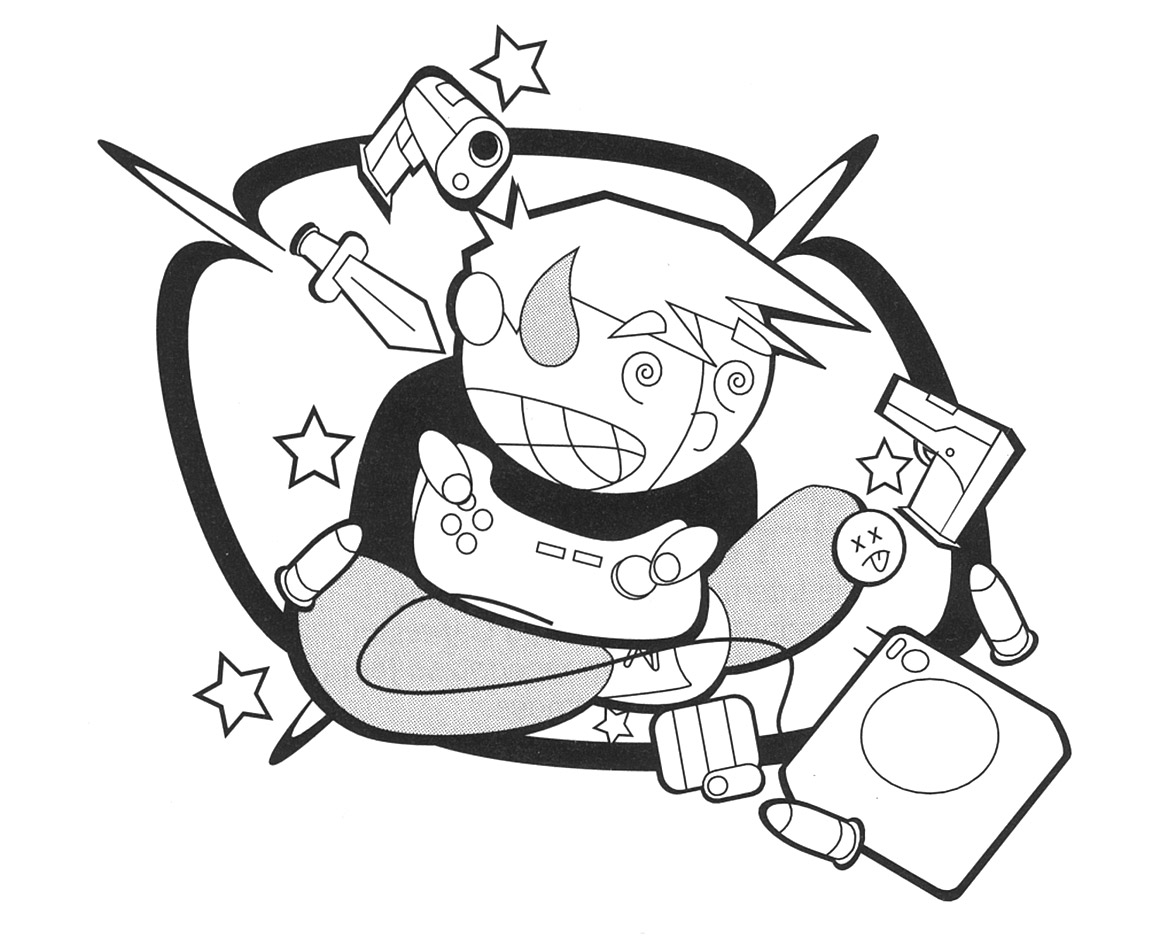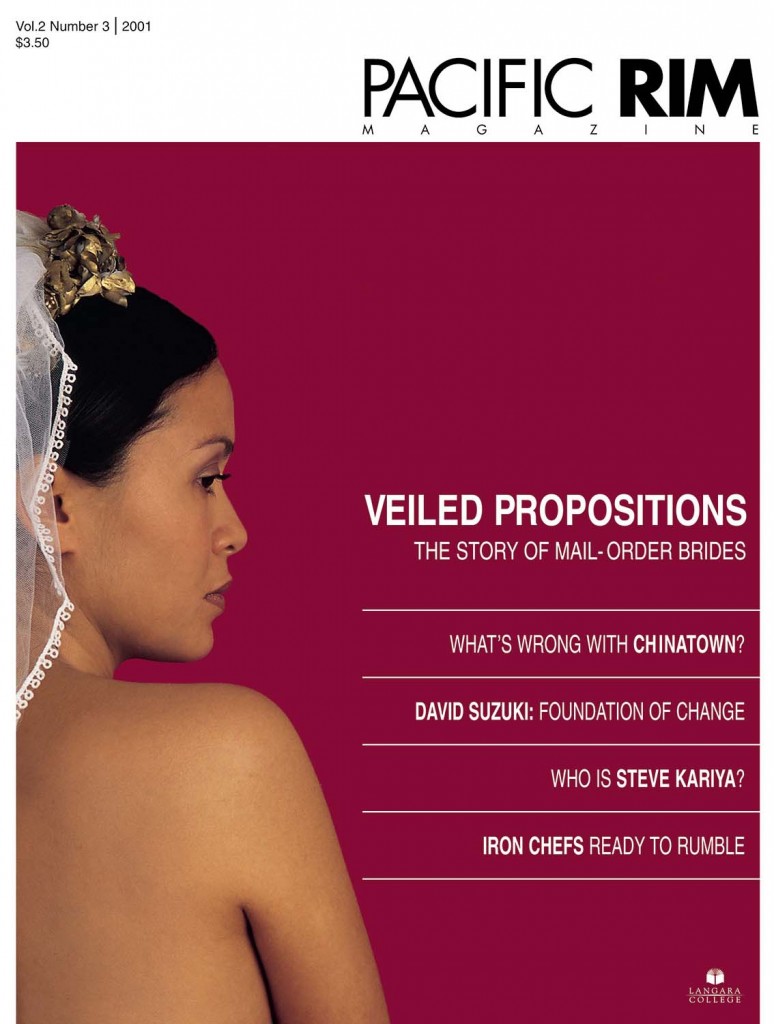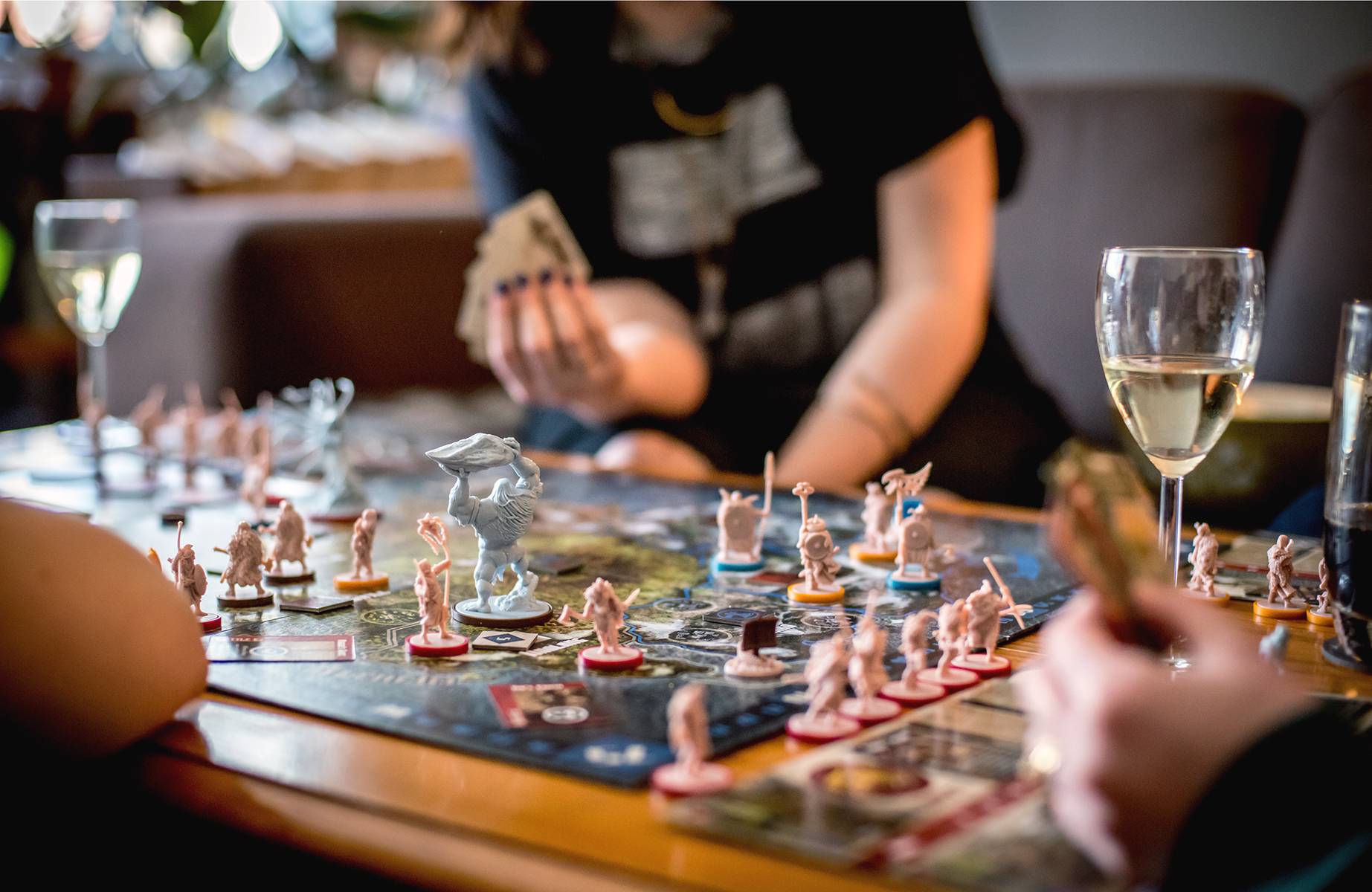Sweaty hands clench guns and control sticks. They pillage, maim and kill at will. The silence is broken only by grunts and the clamour of machines. The air is acrid with the scent of prepubescent testosterone-laden sweat. These are not professional soldiers; these are children.
Statistics indicate that the average child spends three to five hours a day watching television or playing video games. Dr. Carla Fry, a child psychologist at Children’s Hospital in Vancouver, says, “I’m of the strong belief that violence in entertainment for kids desensitizes them and makes for normalization of aggressiveness. Video games are a major ingredient and play a very large role today in the increase of violence in children. Violent kids play violent video games.”
Many feel that the video gaming industry should be held accountable for youth violence. They also feel that it is the parents’ responsibility to monitor the games their children play. However, such vigilance is difficult because the industry’s marketing strategies target children, often bypassing parents. As the director of marketing at Nintendo Canada, Ray Bertram, says, “We don’t market to parents; we market to the target group which is teens and tweens. It’s the kids that are driving it. The parental seal of approval, while it’s something that we like, it’s not something that we actively encourage in our marketing because that might say to the kids that we’re boring and Nintendo wants to be anything but boring.”
Despite the rating systems on video game packages, violent games are the norm and the level of violence is increasing. So while the jury is out on whether video game violence has adverse effects on youth, an army of children is learning that might is right and that carnage is acceptable.











